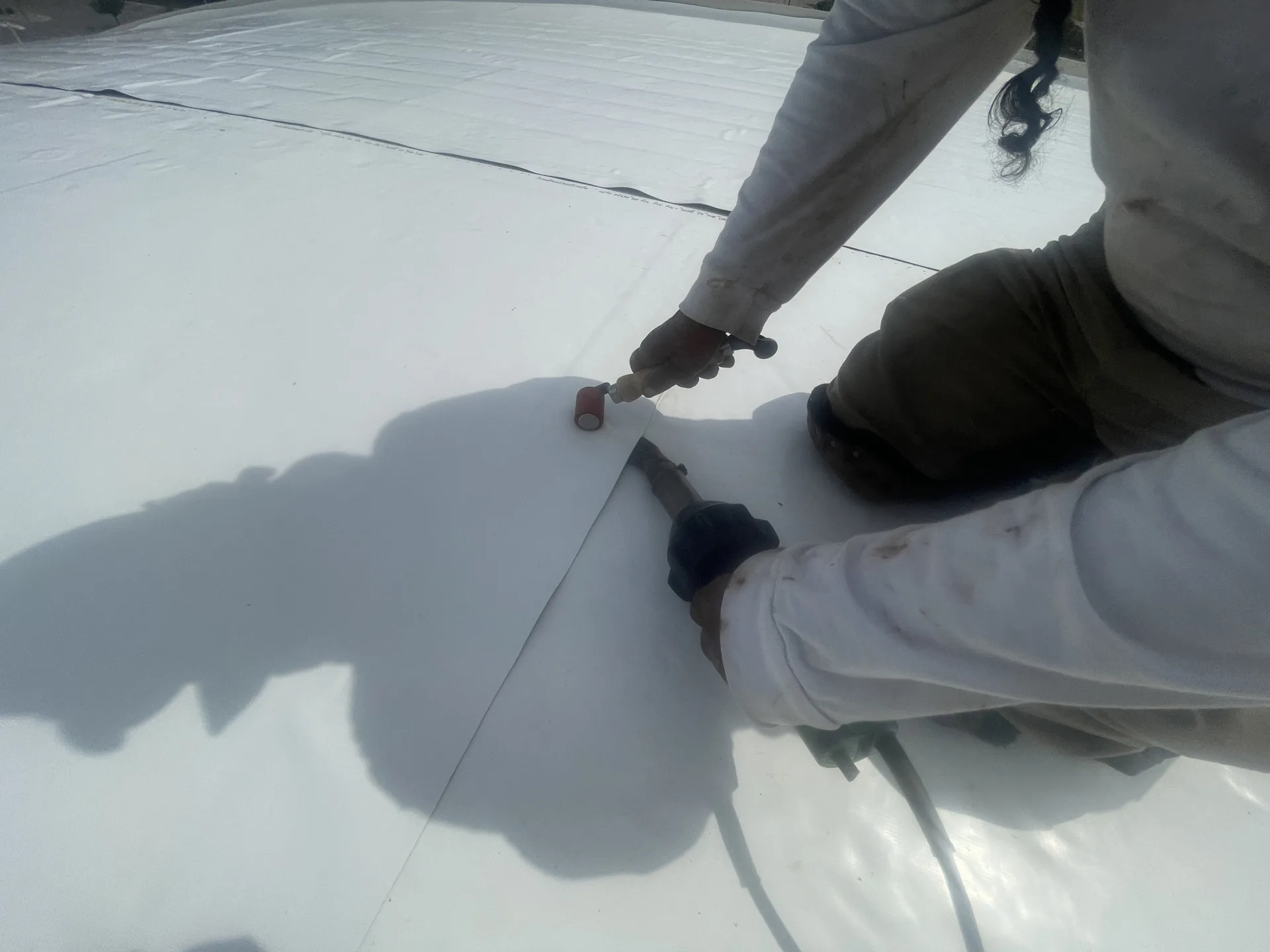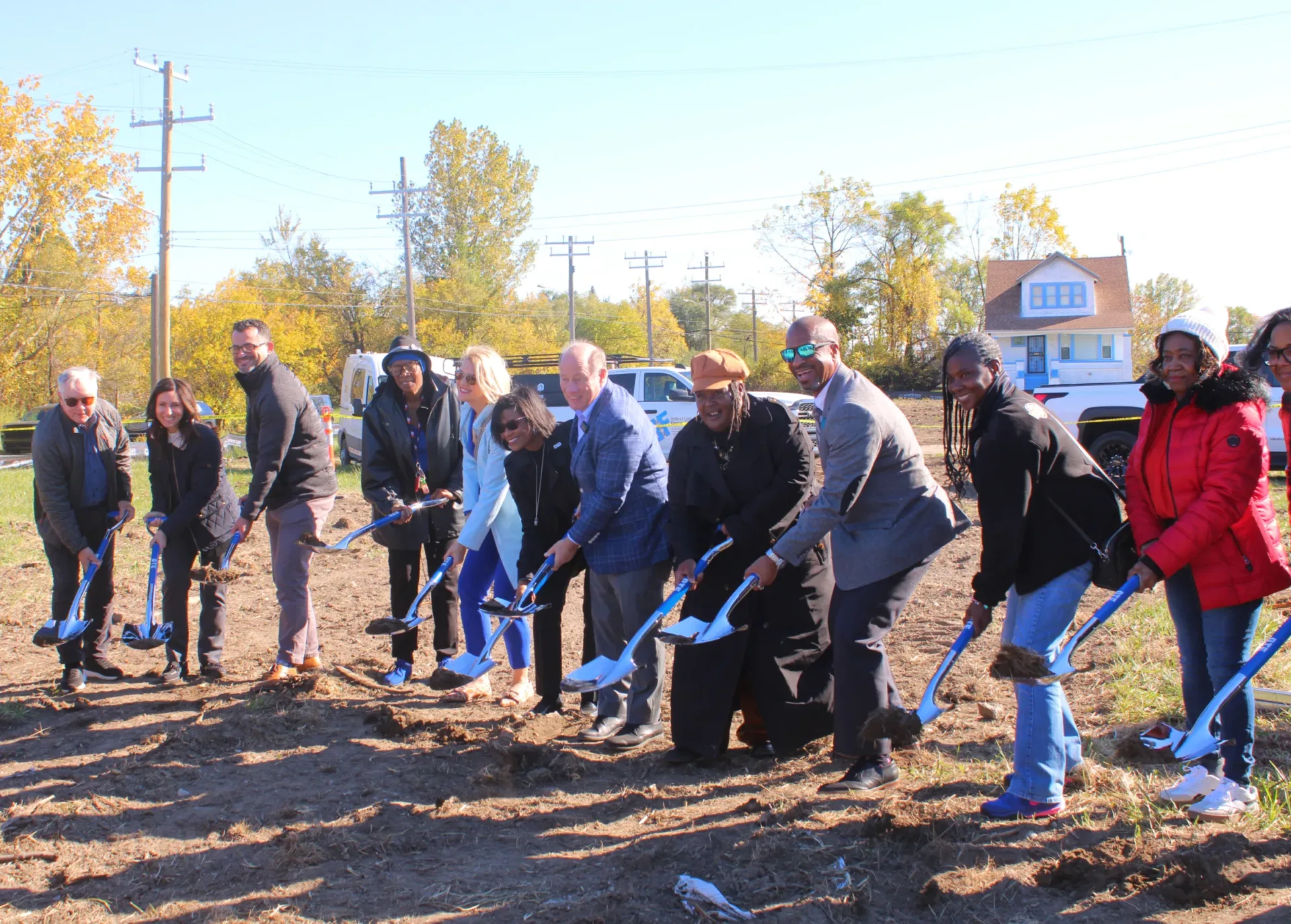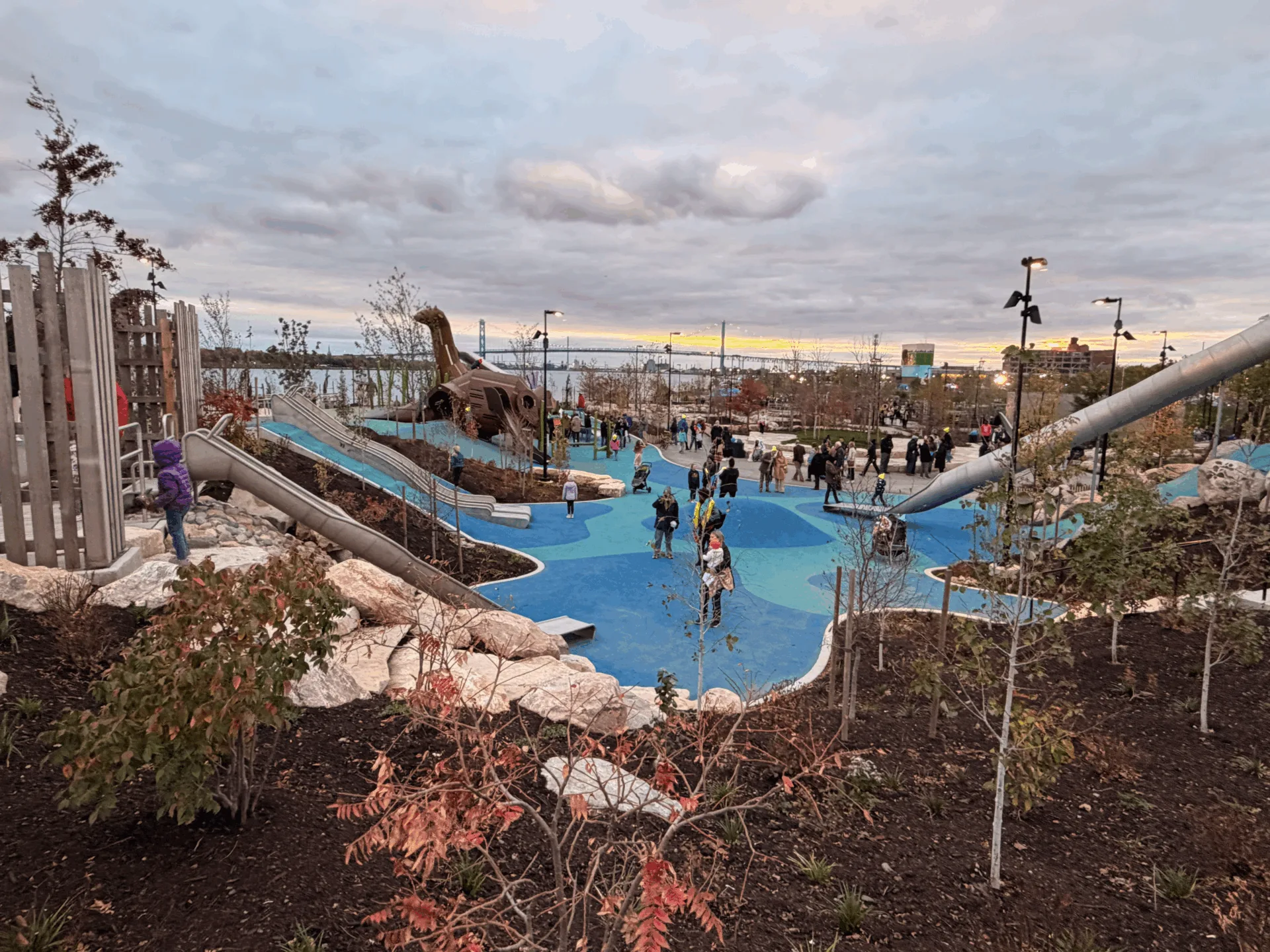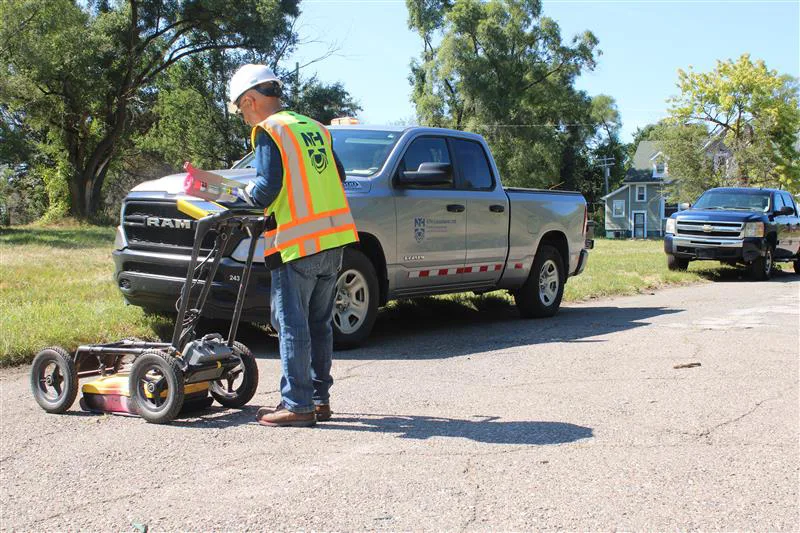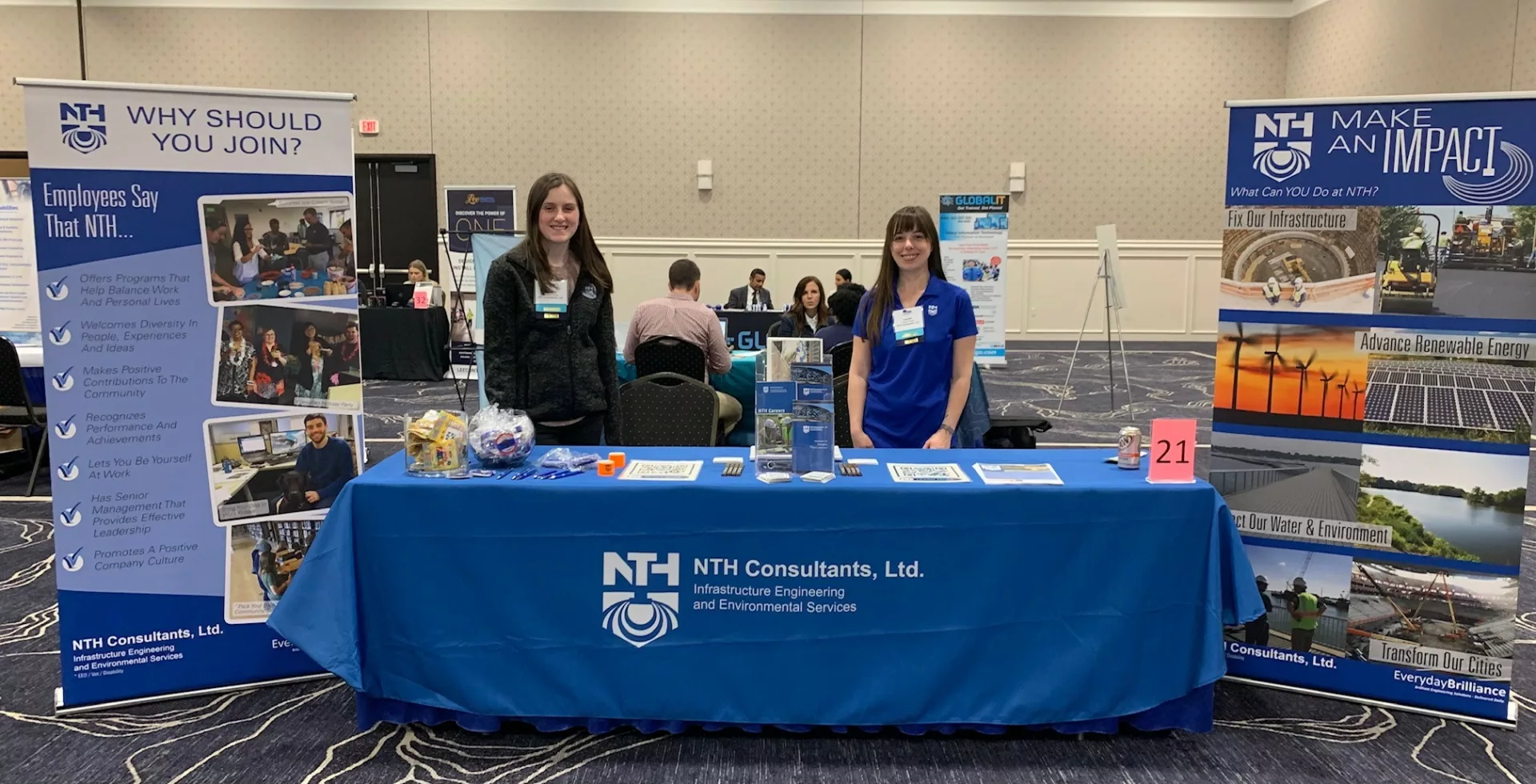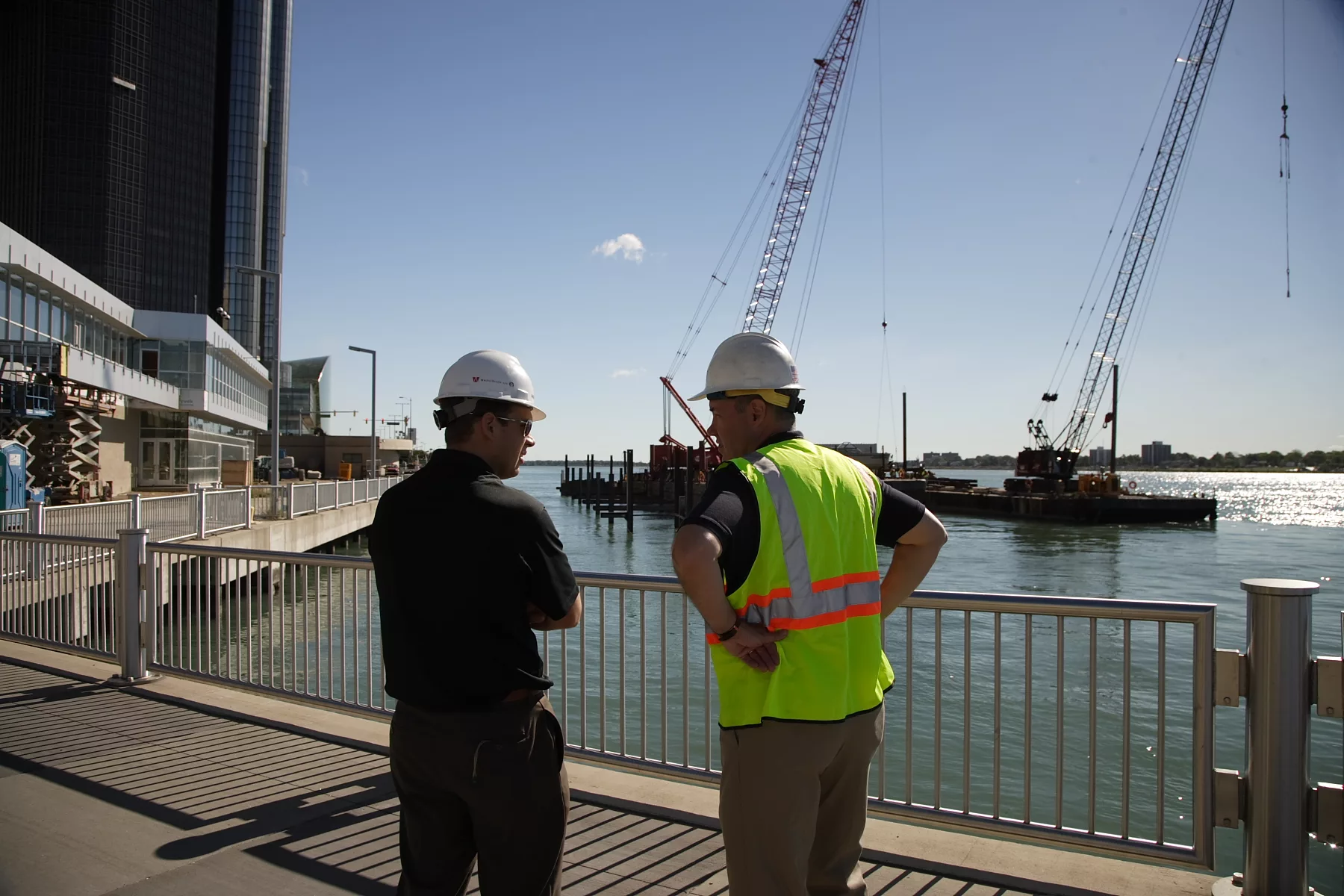The roofing industry in 2025 is embracing a more holistic view of sustainability. Building owners and design teams are under growing pressure to enhance energy efficiency, manage stormwater, and align with Environmental, Social, and Governance (ESG) goals all while maintaining long-term durability and cost-effectiveness. As energy codes evolve and manufacturers roll out new solutions, roofing is emerging not just as protection from the elements, but as a key platform for performance and environmental responsibility.
The debate between light and dark continues. Cool roofing systems, white or reflective membranes that reduce solar heat gain, remain a hot topic. Major manufacturers like GAF, Carlisle, Elevate, and Johns Manville continue to promote TPO and light-colored membranes with high reflectivity ratings to meet energy efficiency targets and reduce urban heat island effects. These systems have clear benefits in southern climates and urban cores with heavy cooling loads. However, their value is more complex in northern regions like Michigan, where buildings experience significantly more heating degree days than cooling days.
In colder climates, dark roofing membranes, such as black EPDM or granule-surfaced SBS-modified bitumen, can offer advantages that reflective roofs may not. Dark surfaces absorb solar radiation, which can help reduce heating demand during winter months and promote natural snow melt, particularly beneficial on low-slope commercial roofs. While Michigan’s adoption of the 2021 International Energy Conservation Code (IECC) has raised insulation requirements and overall thermal performance expectations, it still allows flexibility for designers to choose roof assemblies that are climate-appropriate and energy-balanced.
That’s why climate-responsive roofing design is essential in Michigan. Rather than defaulting to “cool” as universally better (like was preached to me in architecture school), project teams should evaluate the building’s location, orientation, use type, and energy model. A data center in Detroit with 24/7 cooling loads may benefit from a reflective roof, while a school in Traverse City might gain better lifecycle performance from a dark SBS-modified system. These decisions should be guided by both code compliance and building science; not one-size-fits-all checklists.
Green or vegetated roof systems are also growing in popularity; particularly in cities that offer stormwater incentives or seek to manage peak runoff more effectively. In Michigan, where the Great Lakes watershed is a critical environmental concern, municipalities like Detroit, Ann Arbor, and Grand Rapids have placed renewed emphasis on low-impact development strategies, including green roofs. Siplast and other manufacturers now offer complete vegetated roof assemblies that support stormwater control goals while helping owners earn points toward LEED or other sustainability benchmarks.
Ultimately, sustainable roofing in Michigan is about the balance between heating and cooling demands, between reflectivity and insulation, between durability and stormwater control. The industry is moving beyond simple binary choices (white vs. black, cool vs. not) and toward integrated roof design strategies that respond to both climate and code. As consultants, designers, and owners look ahead, the most effective roofing solutions will be those tailored to regional needs, long-term building performance, and environmental impact.
If you need a consultation on your roof, please contact our experts. And for more information on our roofing services, please click here.

